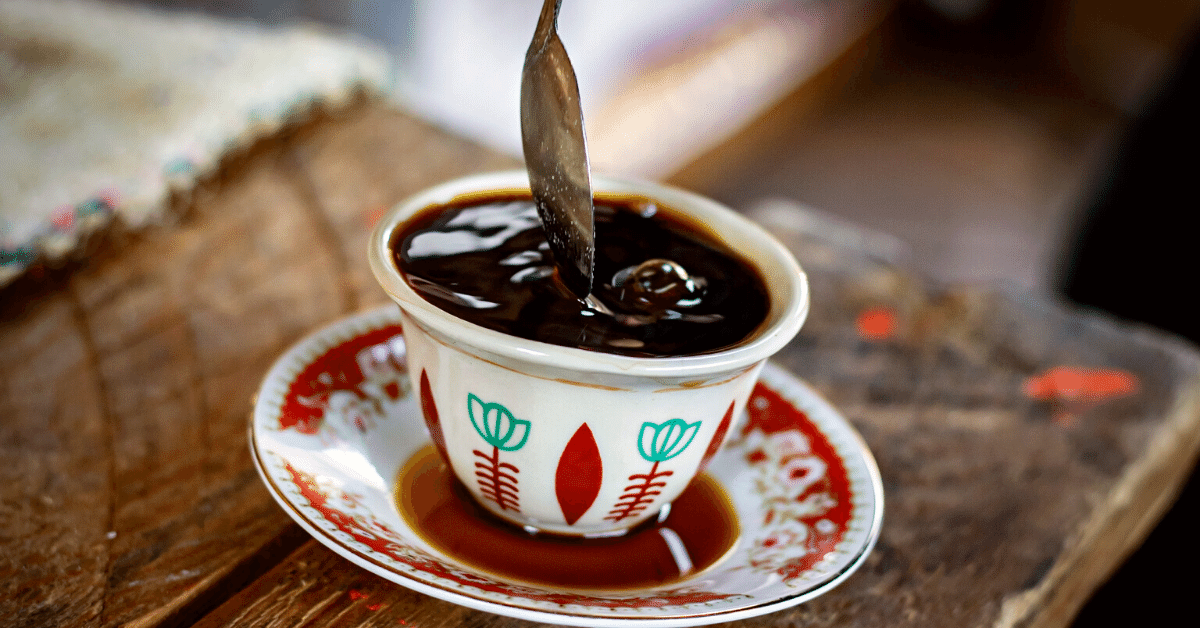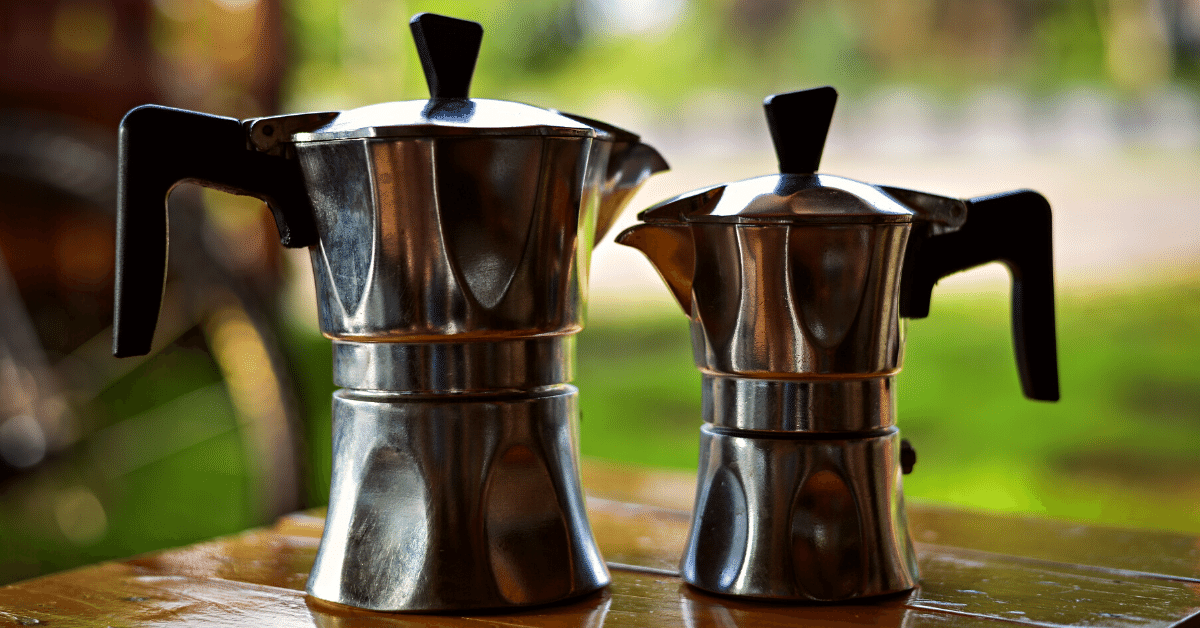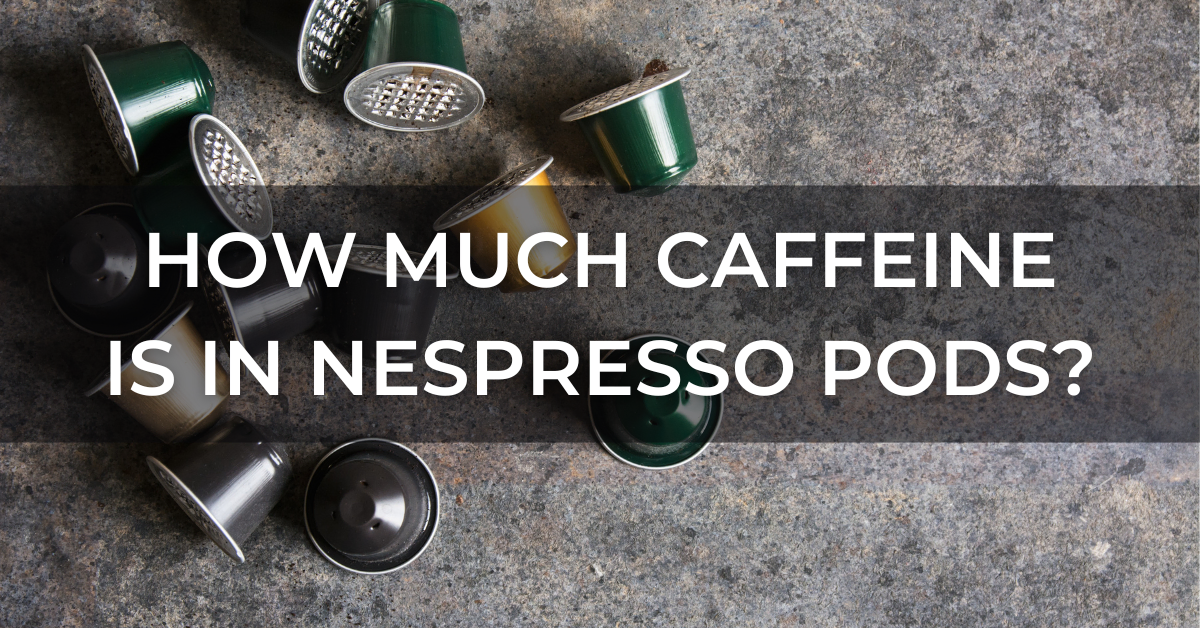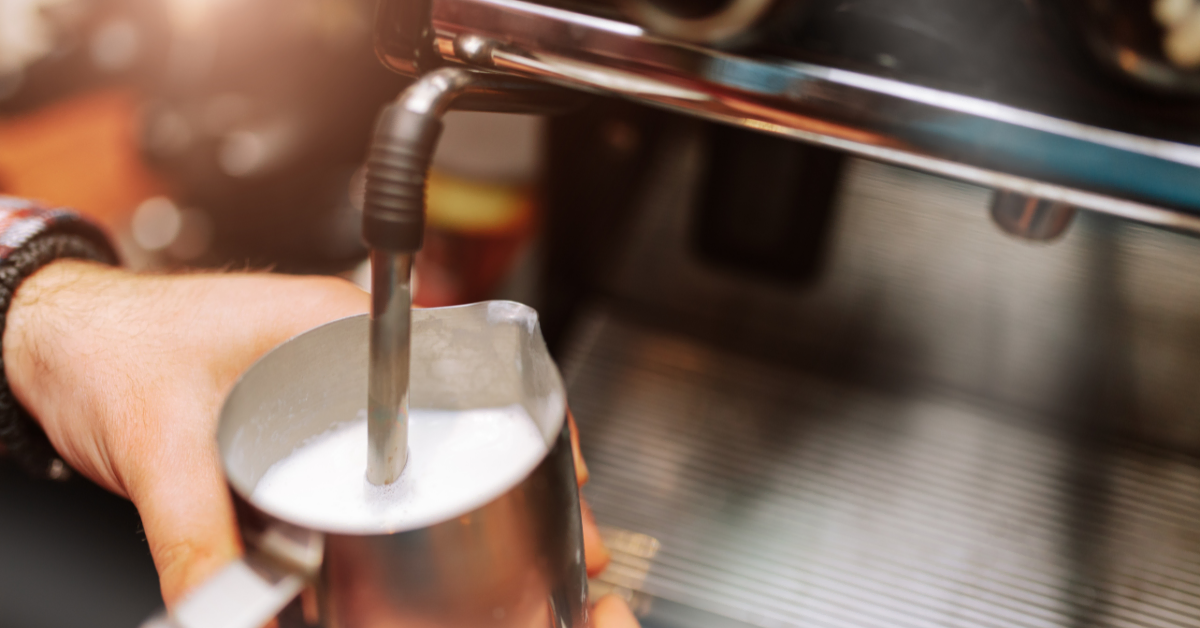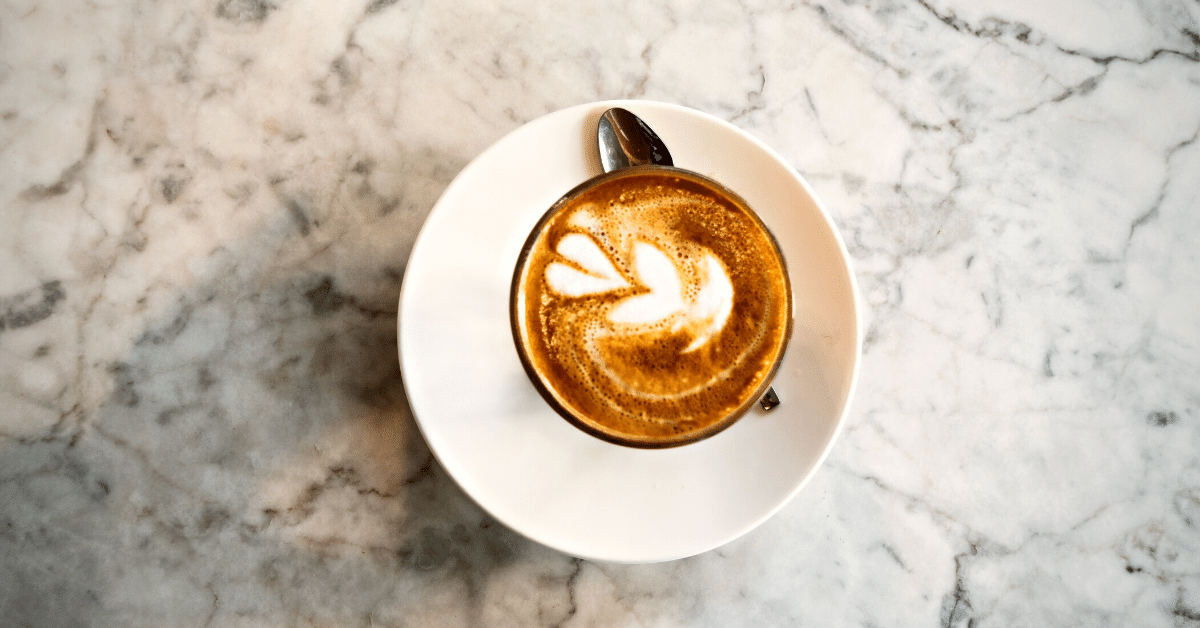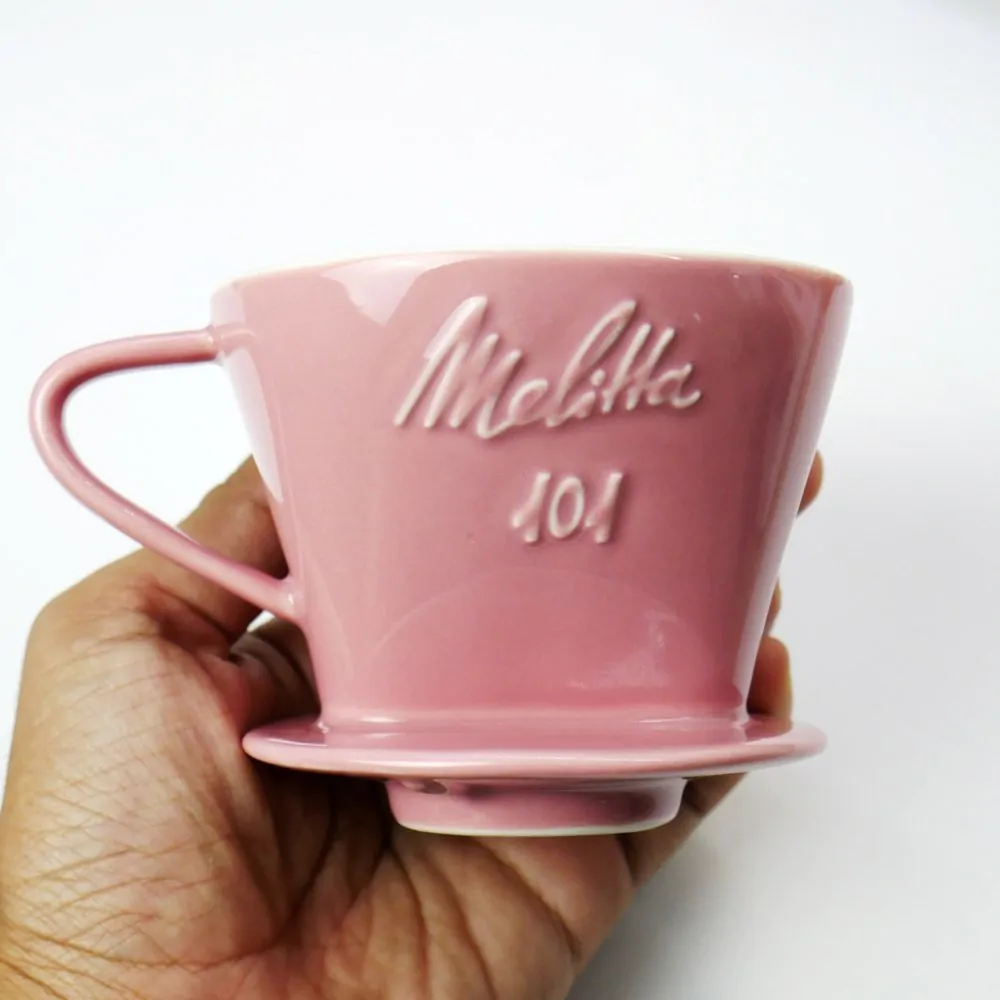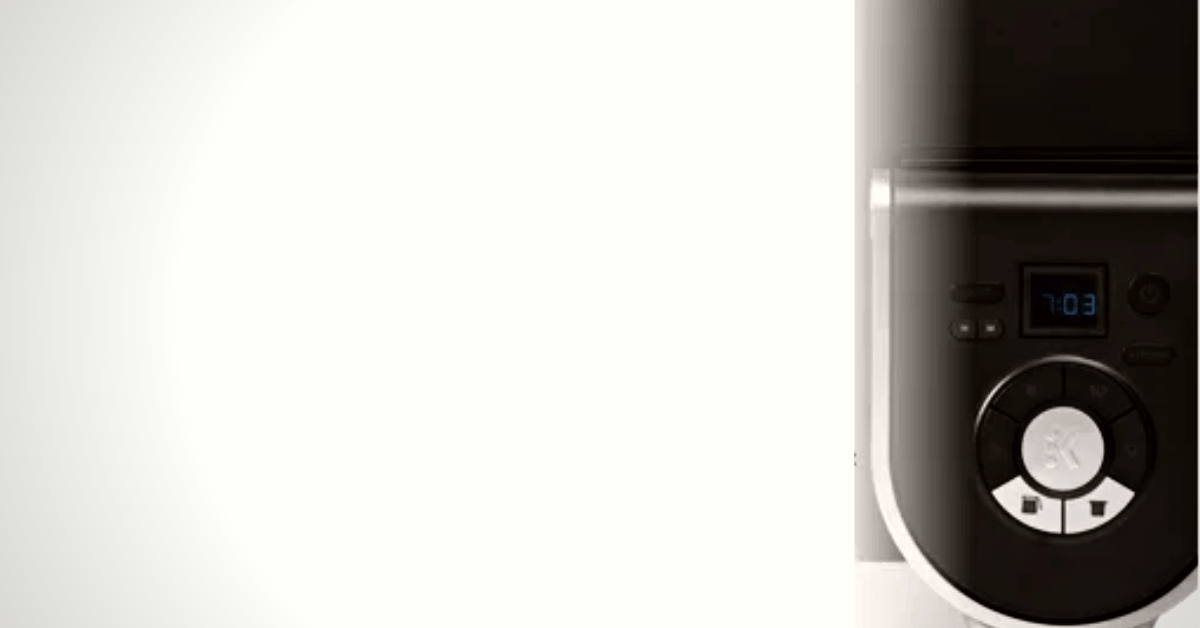Is espresso bad for you?
Short answer: not really.
In fact, it might actually have some health benefits.
We will take a closer look at drinking espresso and get into why it might be healthy and why you might want to avoid it.
Let’s get to it!
Is it bad to drink espresso?
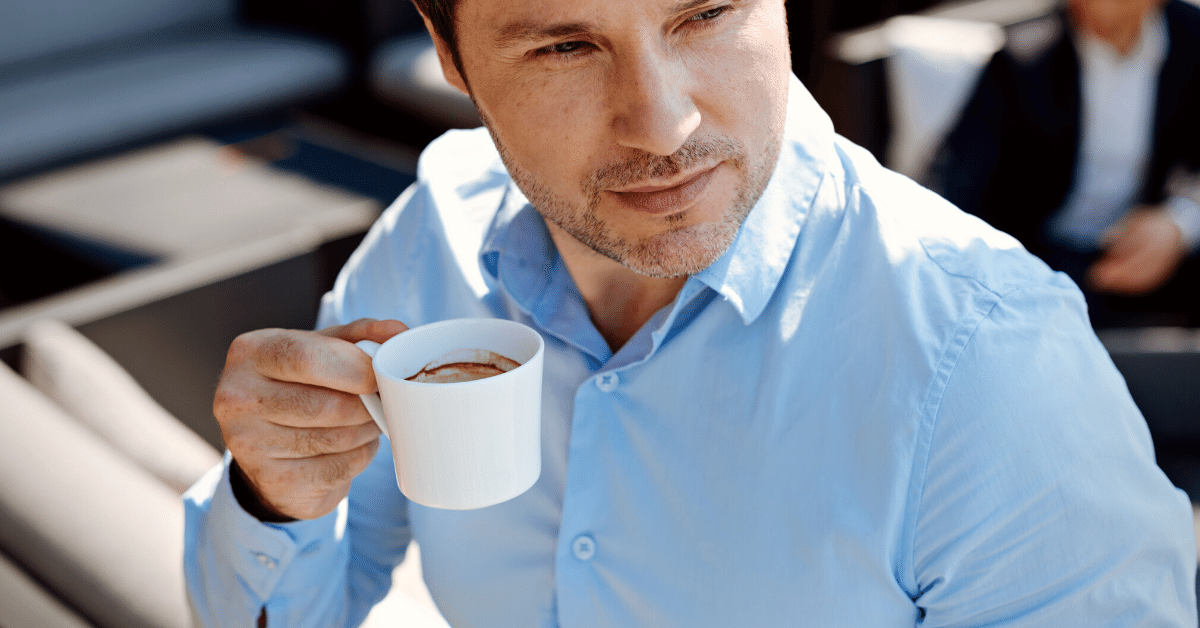
The bottom line is that espresso is not bad for you.
In fact, drinking espresso in moderation can actually have some health benefits. These benefits include better brain health, weight management, and higher energy levels.
Keep in mind, though, that moderation is key.
Different people have different sensitivities to caffeine. And your sensitivity can change over time.
For example, back when I was a barista, I would consistently drink 5-6 espresso shots each shift as I dialed in my bar.
Eventually, I didn’t feel the caffeine from those shots.
These days, however, if I have more than one big cup of brewed coffee, I get super jittery.
NOTE
Espresso has less caffeine than regular coffee. I know, that sounds crazy. But it’s true. The 8oz cup of coffee has 96mg of caffeine, while an average 1oz shot of espresso has 64mg. The problem is that most coffee shops use a double shot as their standard.
Pros
- Energy boost. This one feels pretty obvious. There is caffeine in espresso, so naturally, you’ll get a little jolt of energy. Just be aware that too much caffeine will leave you shaky and unable to concentrate. All in moderation!
- Weight management. Caffeine is an appetite suppressant, which means that you don’t feel as hungry after drinking coffee. While this alone isn’t a weight loss solution, it can actually help you keep the weight off if used in conjunction with a good diet and exercise.
- Antioxidants. Coffee is full of antioxidants, especially organic coffee. For most folks in the West, coffee is actually the biggest source of dietary antioxidants. These antioxidants support general health and actually help lower your risk for several diseases.
- Supports brain health. Maybe the biggest benefit of coffee is that it supports brain health. Studies show that drinking 1-2 cups of coffee each day lowers your risk of Alzheimer’s and dementia.
Cons
- Addiction. As tasty and delicious as coffee is, caffeine is still addictive. That means that if you consistently drink espresso and then stop, you might experience withdrawal symptoms. The most common symptoms are headaches and irritability.
- Dehydration. I know it sounds counterintuitive, but coffee consumption can actually make you dehydrated. That’s because caffeine is a diuretic, so the more you consume, the more time you spend in the bathroom. And that can lead to dehydration!
- Dizziness and palpitations. This is pretty extreme, but if you drink a lot of espressos, you might start to feel dizzy, and your blood pressure and heart rate might spike. This usually isn’t serious, just pretty unpleasant. However, if you have heart disease or high blood pressure, be careful with your caffeine consumption.
NOTE ON CAFFEINE OVERDOSE
Overdosing on caffeine is extremely rare. The lethal dose is roughly between 75 and 155 single espresso shots. If you don’t drink that much, you shouldn’t worry about overdosing on caffeine.
Tips for Healthy Espresso Drinking
Alright, maybe you’re trying to cut back.
Or maybe you’re wondering how you can be healthier about your caffeine intake.
Either way, there are a handful of things to consider about your espresso habits.
Best Amount & Frequency for Espresso
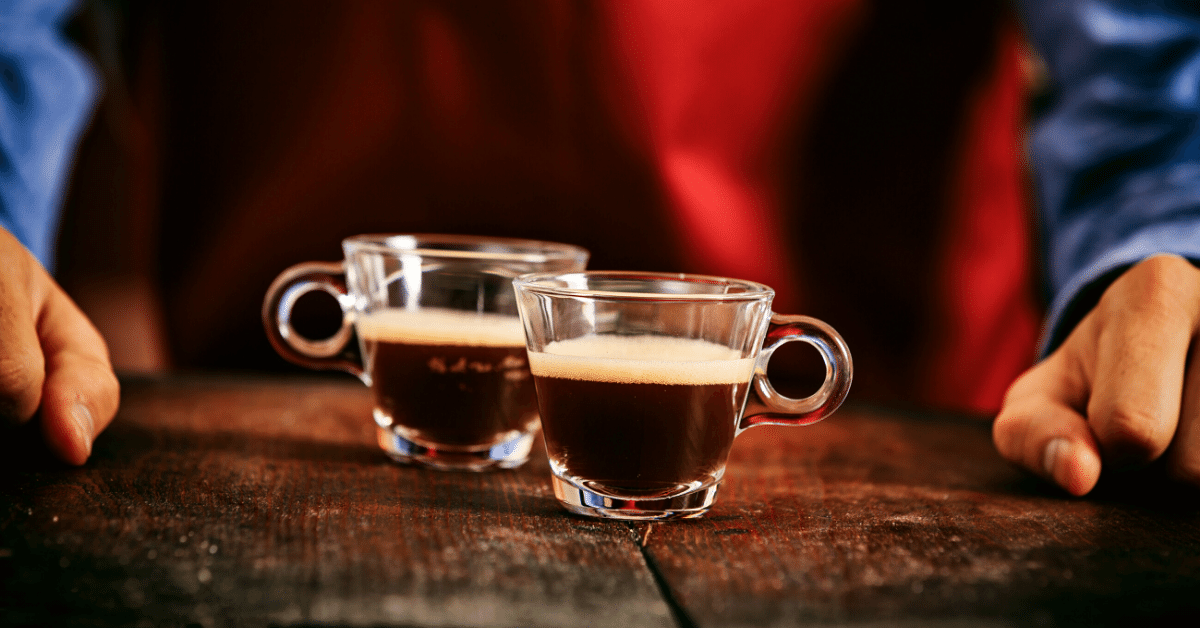
Let’s start by laying some boundaries.
The FDA suggests a maximum of 400mg of caffeine per day.
That’s about six shots of espresso.
I don’t know about you, but that sounds like a lot of espressos to me.
But let’s be more realistic.
Say you wake up and make yourself an espresso before getting started with your day.
That’s one.
Then on your commute to work an hour or two later, you stop by your local shop for a second espresso.
That’s two.
Your morning goes along, and you make yourself an espresso around mid-morning.
That’s three.
And, of course, you have an espresso shot after lunch.
That’s four.
But keep in mind, that these are spread out over the course of hours and aren’t consumed all at once.
Generally, caffeine peaks in your body between 15 minutes to two hours after drinking. That’s a pretty big range, but with some trial and error, you can figure out how long it takes you to metabolize caffeine.
With our little thought experiment, you only get up to four espresso shots per day. That is well within the FDA’s recommended guidelines. And chances are you probably don’t follow that schedule all the time.
MY RECOMMENDATION
Make an espresso at home because it’s more time-consuming than buying one from a shop. This might result in you drinking fewer shots of coffee because of the effort needed to make them.
Does espresso change your cholesterol?

Many American adults have high cholesterol. Nearly 40%, in fact.
But, coffee doesn’t have any cholesterol, you say?
Well, technically, you’re right.
However, coffee beans have two oils (cafestol and kahweol) that raise cholesterol.
How does that play into drinking espresso?
Glad you asked.
Different brewing methods extract different amounts of oils.
Let’s consider four popular brewing methods and discuss how they impact cholesterol:
- Pour-over coffee. Pour-over coffee is brewed pretty light. Water passes through the coffee and doesn’t spend much time in contact with the coffee bean itself. Plus, the filter keeps many of the extracted oils. This means that pour-over coffee has fewer cholesterol-raising oils.
- French Press. French Press brewing involves soaking ground coffee in hot water for five minutes or longer. That’s a long time for coffee to be extracted and results in a generally higher concentration of oils. Plus, the filter used in most French Presses is metal and doesn’t filter out any oil.
- Drip coffee. Much like pour-over coffee, water in a drip machine doesn’t spend as much time in contact with coffee grounds as in a French Press. Drip machines also most often use paper filters which help capture a lot of the oil extracted from the coffee.
- Espresso. Espresso has the highest concentration of cholesterol-raising oils. That’s because of the amount of pressure with which the coffee gets extracted. Espresso is made by forcing water through finely-ground coffee under very high pressure. Espresso brewing also uses metal filters instead of paper ones. That means espresso has the highest extraction and the least amount of oil capture.
BOTTOM LINE
If you have high cholesterol, you should choose filtered coffee over espresso. But keep in mind that you’ll need to make other changes in addition to switching coffee brews to help keep your cholesterol under control.
Should you drink decaf espresso?
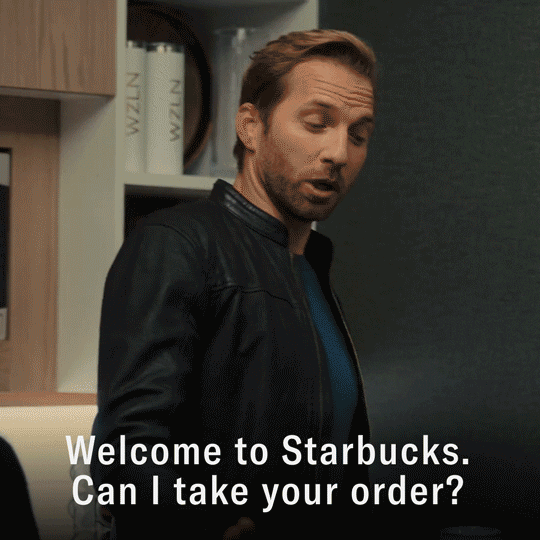
A decaf is always a great option for cutting back on your caffeine intake.
The trouble is finding good decaf coffee.
Your local specialty shop will probably have a pretty good decaf espresso these days. But you should still ask which beans they use, how the beans are decaffeinated, and if they dial in their decaf separately from their regular espresso beans.
Decaf is also a great way to enjoy an afternoon or evening espresso. For those of us who won’t sleep if we have a coffee after 1 pm, decaf is a great way to avoid caffeine insomnia.
Another option for cutting back on your caffeine intake through espresso is ordering half-caf. This is half a regular espresso and half a decaf espresso.
Just make sure you tip your barista because they have to brew two espresso shots instead of just one for your latte!
DON’T FORGET
Decaf espresso still has about 10 mg of caffeine.
FAQ
Let’s cover a few quick, last-minute questions about espresso-drinking habits.
Is espresso healthier than coffee?
It depends on what you mean by healthier.
Both espresso and black coffee have antioxidants that can help lower your risk of many diseases and help with weight management.
But brewed coffee has more caffeine than espresso.
The reality is that espresso and coffee should always be consumed in moderation to be truly healthy.
How many shots of espresso is too much?
The FDA recommends about 400 mg of caffeine maximum per day. That’s about 6 shots of espresso.
But even at that rate, you’re nowhere near in danger of a caffeine overdose.
When should you drink espresso?
There really isn’t a hard and fast rule about drinking espresso. In the United States especially, we don’t have a strict coffee culture that dictates when it is socially acceptable to consume espresso.
Generally, I save my espresso drinking for the mornings. Anything after about 1 pm, and I won’t fall asleep for a while in the night.
My Last Thoughts
Espresso coffee isn’t bad for you. In fact, it has many healthy aspects that might lower your risk of disease and promote long-term memory and weight management.
That said, you should consume it in relative moderation. As in, less than six shots per day.
But espresso drinking is very personal, so hopefully, you know your own limits and when to stop.
Drinking too much espresso can be mild to very unpleasant. You can get the shakes, be on edge, and your heart rate might spike.
Personally, I like one or two shots of espresso in the morning. That’s totally enough to get me through the day, without side effects.
Making espresso at home? Check out our article on the best espresso beans!



